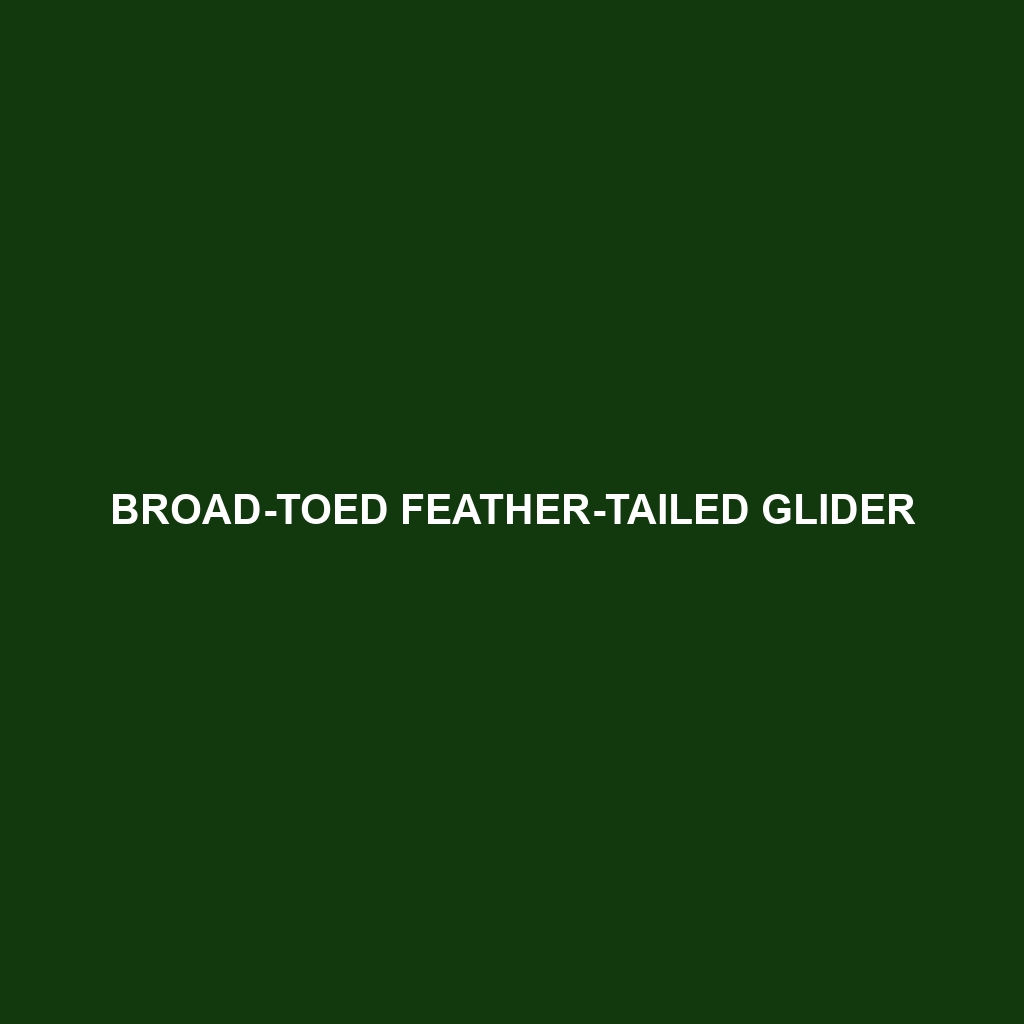Discover the Savanna Glider, a captivating nocturnal marsupial from the Australian savannas, renowned for its stunning gliding abilities and unique adaptations. With its sandy brown fur, prehensile tail, and social behavior, this agile creature plays a crucial role in its ecosystem as both a pollinator and prey controller. Dive into the fascinating world of the Savanna Glider, and learn about its habitat, conservation challenges, and the intriguing facts that make it a remarkable species.
Tag: gliding mammals
Yellow-bellied Glider
Discover the fascinating Yellow-bellied Glider (Petaurus australis), a remarkable marsupial native to the forests of eastern Australia. With its striking yellowish underbelly and impressive gliding abilities, this nocturnal creature plays a vital role in its ecosystem, feeding on tree sap and nectar while navigating the night sky with precision. Learn about its social behaviors, habitat preferences, and the conservation efforts necessary to protect this extraordinary species.
Broad-toed Feather-tailed Glider
Discover the enchanting Broad-toed Feather-tailed Glider (Acrobates frontalis), a small, nocturnal marsupial native to Australia, renowned for its broad toes and feather-like tail. This agile glider not only captivates with its aerial acrobatics but also plays a vital role in its ecosystem as a pollinator and seed disperser. Explore its unique adaptations, behaviors, and conservation status in this in-depth profile.
Narrow-toed Feather-tailed Glider
Discover the enchanting Narrow-toed Feather-tailed Glider (Acrobates pygmaeus), a minuscule marsupial native to Australia’s forests, renowned for its feather-like tail and remarkable gliding abilities. Measuring just 6.5 to 8 cm in body length, this nocturnal creature plays a key ecological role as a pollinator, primarily feeding on nectar and pollen. With its unique adaptations and captivating behaviors, this delightful glider continues to fascinate scientists and nature lovers alike.


